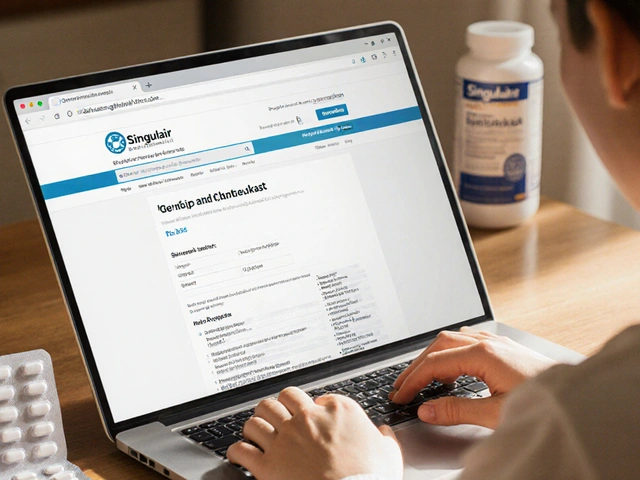Metronidazole Efficacy: What It Treats and When It Works Best
Metronidazole is a go-to antibiotic for infections caused by anaerobic bacteria and some parasites. Want to know when it actually works—and when it doesn’t? Here’s straight talk: it’s highly effective for certain conditions, but not a cure-all. Knowing where it shines helps you avoid unnecessary side effects and delays in the right treatment.
Where metronidazole works best
Trichomoniasis and bacterial vaginosis are two common uses. When taken correctly, metronidazole clears trichomoniasis in most people. For bacterial vaginosis, a seven-day oral or gel course often brings symptoms back to normal, though recurrences can happen. Metronidazole is also strong against anaerobic infections—think intra-abdominal abscesses, pelvic infections after surgery, and some dental infections—because it reaches areas where oxygen is low and other antibiotics struggle.
It also treats protozoal infections like giardiasis and amebiasis. In these cases, it typically reduces symptoms quickly and clears the organism when the full course is completed. For H. pylori, metronidazole is used as part of combination regimens; its success depends on local resistance, so doctors often pick therapy based on recent regional data.
When metronidazole may be less effective or risky
Metronidazole won’t help infections driven by oxygen-loving (aerobic) bacteria. Rising resistance can lower its success for some conditions, especially when used alone or in regions with known resistance. For C. difficile infection, current guidelines now prefer oral vancomycin or fidaxomicin over metronidazole for initial treatment because those drugs work better.
Side effects are usually mild—nausea, metallic taste, and headache—but longer or repeated courses can cause numbness or tingling in the hands and feet (peripheral neuropathy). That’s a cue to stop and call your doctor. Also, mixing alcohol with metronidazole can cause flushing, nausea, and rapid heartbeat; avoid alcohol during treatment and for at least 48 hours after the last dose.
Interactions matter. Metronidazole can increase the effect of warfarin and other blood thinners, so patients on anticoagulants need closer monitoring. If you’re pregnant or breastfeeding, talk to your provider—treatment decisions depend on the exact infection and timing in pregnancy.
Practical tips: take the full prescribed course even if you feel better, don’t drink alcohol while on therapy, and report any new numbness or vision problems. If your symptoms don’t improve within a few days or they come back after treatment, contact your clinician—sometimes a different antibiotic or additional testing is needed.




